

— Blogs —
—Products—
 Consumer hotline +8618073152920
Consumer hotline +8618073152920 WhatsApp:+8615367865107
Address:Room 102, District D, Houhu Industrial Park, Yuelu District, Changsha City, Hunan Province, China
Product knowledge
Time:2023-12-29 15:15:16 Popularity:684
An automatic meteorological observation system (AMOS) is a comprehensive system designed to collect, process, and transmit meteorological data automatically. It utilizes various sensors, instruments, and communication technologies to gather real-time weather information without the need for human intervention.
Automatic meteorological observation systems play a crucial role in weather forecasting, climate monitoring, environmental studies, aviation, agriculture, and various other sectors that rely on accurate and timely weather data.They enhance the efficiency, reliability, and accessibility of meteorological information, helping to improve weather predictions and decision-making processes.
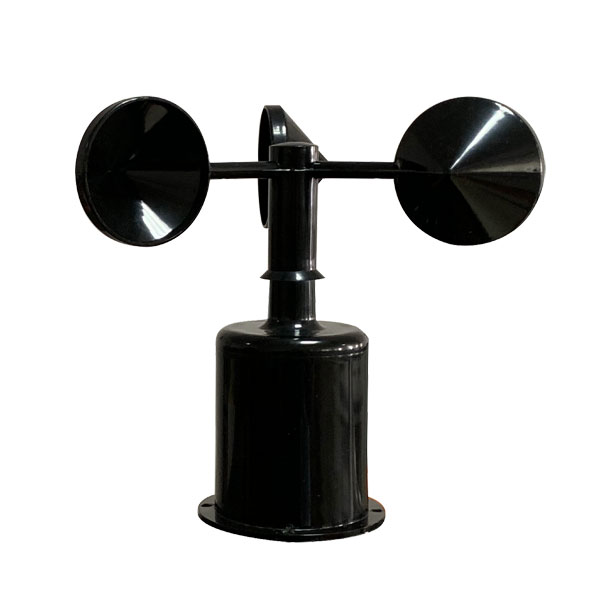
|
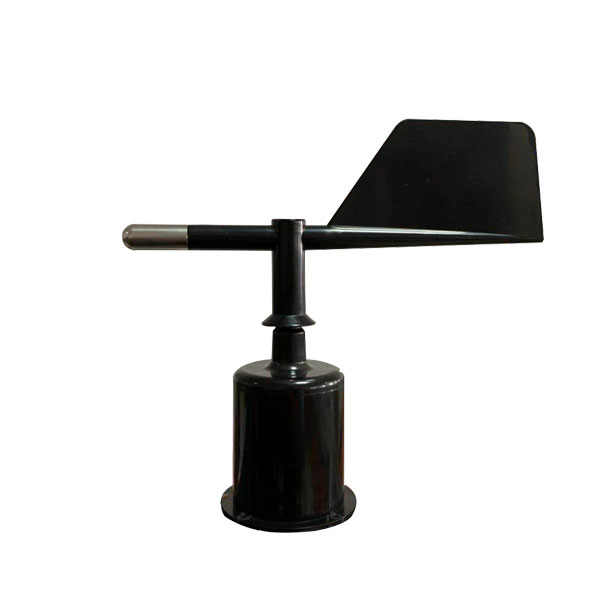
|
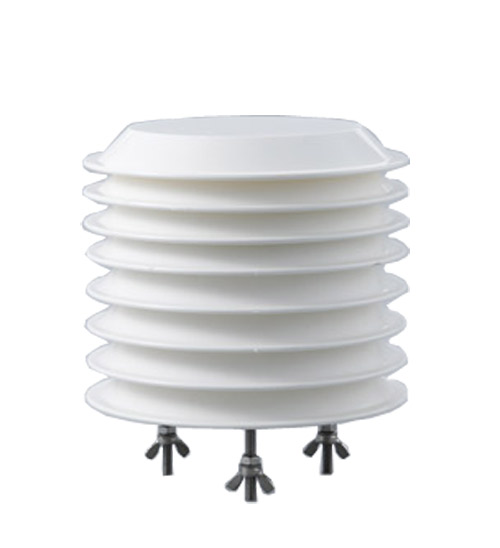
|
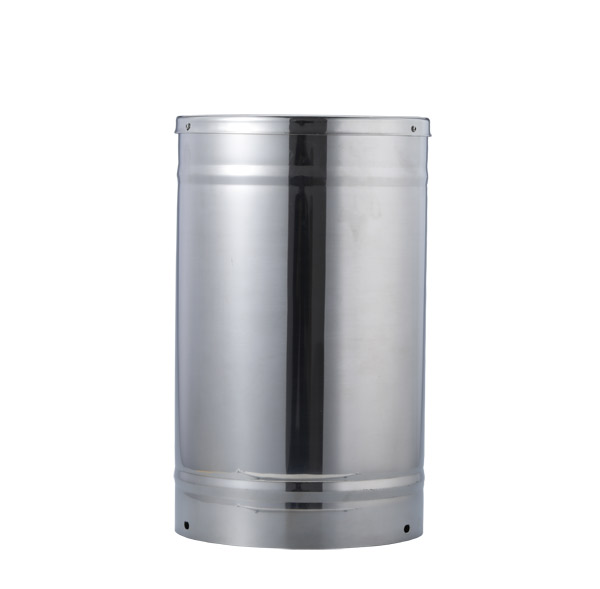
|
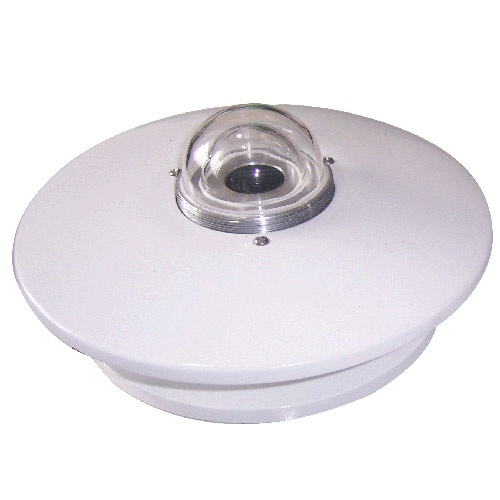
|
| Wind Speed sensor | Wind direction sensor | Atmospheric Temperature Humidity air pressure Sensor | Tipping bucket rain gauge sensor | Solar Radiation Sensor |
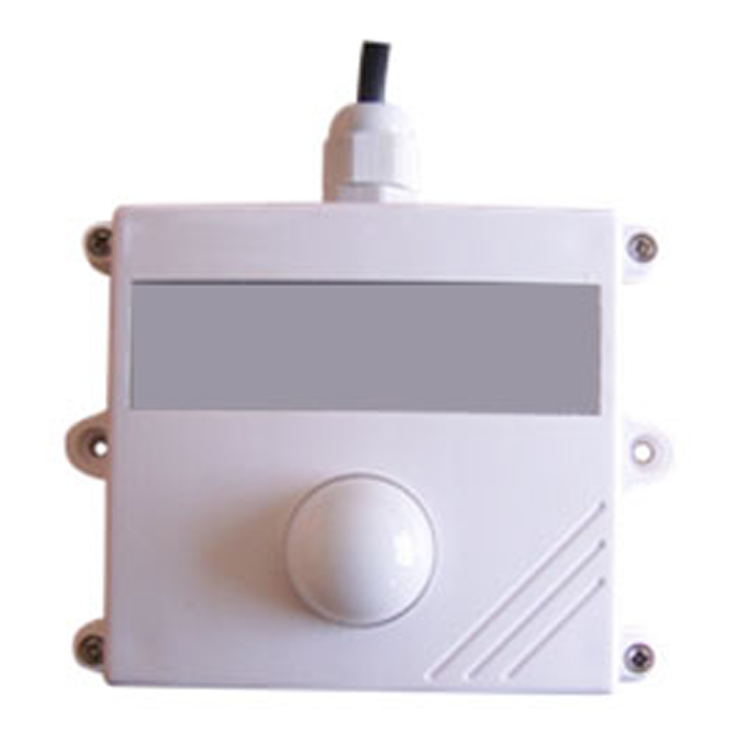
|
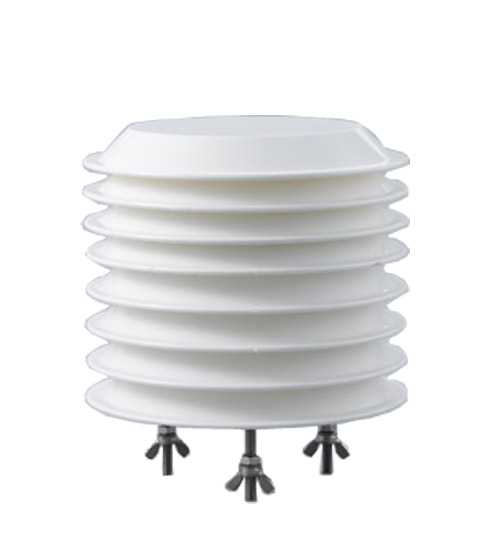
|
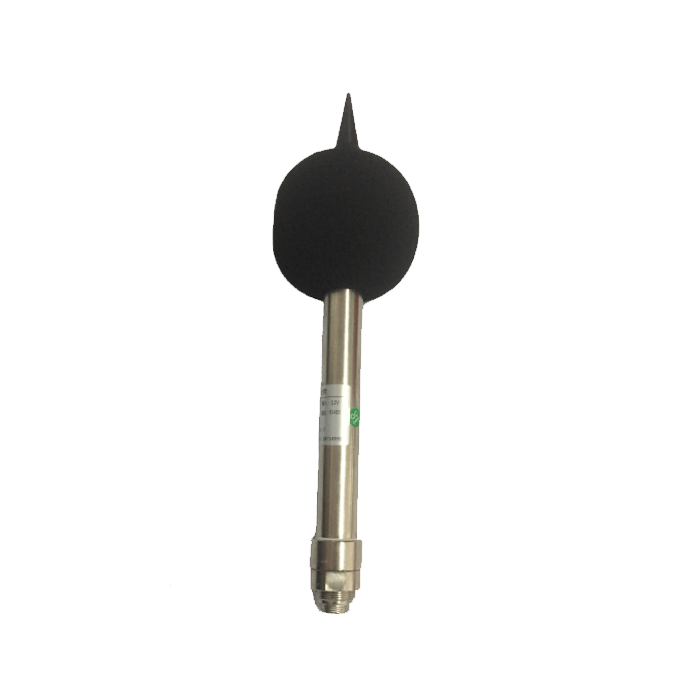
|
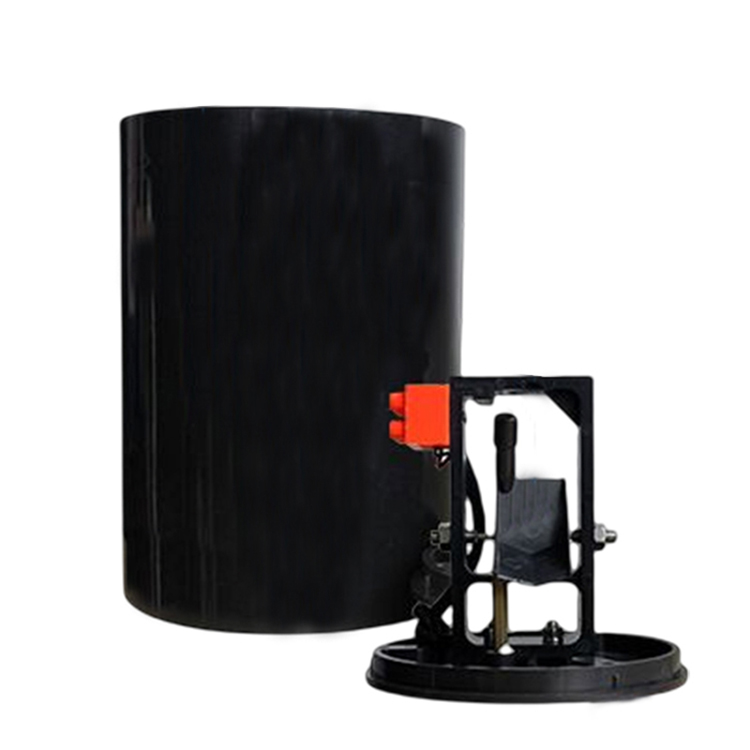
|
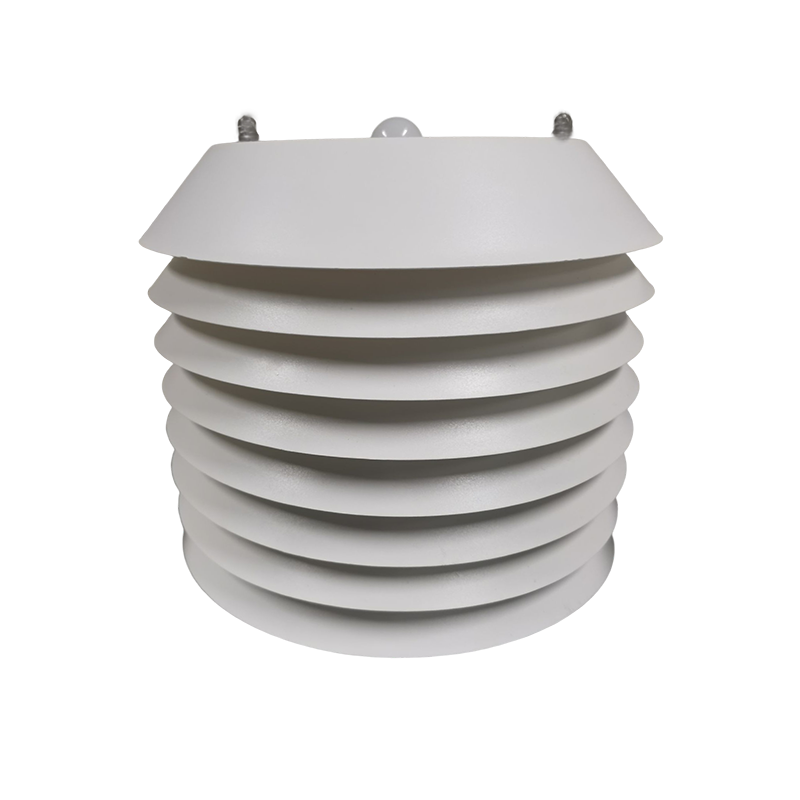
|
| illumination sensor | CO2 sensor | Noise measurement sensor | Tipping bucket rain gauge sensor | PM2.5 and PM10 sensors |
Automatic meteorological observation system is mainly composed of various sensors and observation equipment for automatic observation and collection of meteorological element data. These sensors and devices may include:
Wind direction sensor: Used to measure the wind direction, usually consisting of a wind cup and a magnetic sensor.
Wind speed sensor: Used to measure wind speed, usually consisting of a propeller and magnetic sensor.
Temperature sensor: Used to measure air temperature, usually consisting of a thermistor or thermocouple.
Humidity sensor: Used to measure air humidity, usually consisting of a humidity-sensitive capacitor or a humidity-sensitive resistor.
Air pressure sensor: Used to measure air pressure, usually consisting of a vacuum diaphragm and a pressure sensor.
Visibility sensors: Used to measure visibility, usually consisting of a transmitter and receiver, calculate visibility by measuring the scattering and reflection of light.
Precipitation sensors: Used to measure precipitation, usually consisting of rain gauges and sensors, can measure different forms of precipitation such as rain, snow, and hail.
These sensors and devices can automatically observe and collect data through data acquisition systems, which are then processed to generate real-time data, charts and reports on meteorological elements.Through the data transmission system, this data can be sent to the meteorological department and other relevant departments.
1. Weather Sensors: AMOS includes a range of sensors to measure different meteorological parameters such as temperature, humidity, wind speed and direction, atmospheric pressure, precipitation, solar radiation, and visibility. These sensors are typically placed at fixed locations or mounted on weather stations or towers.
2. Data Acquisition: The system collects data from the sensors using data loggers or other data acquisition devices. These devices capture and store the sensor readings at regular intervals.
3. Data Processing: The collected data is processed and analyzed to derive useful information such as hourly, daily, or monthly averages, maximums, and minimums. Quality control algorithms may be applied to identify and correct erroneous or inconsistent data.
4. Data Transmission: AMOS typically incorporates communication systems to transmit the processed data in real-time to a central database or meteorological agency. This can be done through wired connections, wireless networks, Lorawan, or cellular networks(4G or 5G).
5. Data Storage and Management: The received data is stored in a secure database for long-term archiving and retrieval. Data management systems ensure the integrity, accessibility, and confidentiality of the meteorological data.
6. Data Visualization and Dissemination: AMOS may include software applications or web-based interfaces to visualize and disseminate the collected meteorological data. This allows meteorologists, researchers, and the general public to access and analyze the weather information in a user-friendly manner.
AMOS (Automatic Meteorological Observation System) is mainly used in the field of meteorological observation, especially in the airport meteorological service. Through automatic observation, data acquisition, data processing and data transmission, AMOS can provide real-time weather information to help airport meteorological departments make accurate weather forecasts and decisions.
In addition to airport weather services, AMOS can also be used in other areas, such as:
Marine meteorological observation: AMOS can be used in the field of Marine meteorological observation, providing real-time Marine meteorological data to help the safety and efficiency of maritime navigation and fisheries production.
Traffic meteorological observation: AMOS can be used in the field of road, rail and air traffic meteorological observation, providing real-time weather information to help traffic safety and scheduling.
Urban meteorological observation: AMOS can be used in the field of urban meteorological observation to provide real-time urban meteorological data to help urban planning and urban management departments make better decisions.
Agrometeorological observation: AMOS can be used in the field of agrometeorological observation to provide real-time meteorological data to help agricultural producers make better agricultural production and scheduling decisions.
In general, AMOS is an important meteorological observation technology, which has a wide range of applications and can provide real-time meteorological data and information services in various fields.
Related recommendations
Sensors & Weather Stations Catalog
Agriculture Sensors and Weather Stations Catalog-NiuBoL.pdf
Weather Stations Catalog-NiuBoL.pdf
Related products
 Combined air temperature and relative humidity sensor
Combined air temperature and relative humidity sensor Soil Moisture Temperature sensor for irrigation
Soil Moisture Temperature sensor for irrigation Soil pH sensor RS485 soil Testing instrument soil ph meter for agriculture
Soil pH sensor RS485 soil Testing instrument soil ph meter for agriculture Wind Speed sensor Output Modbus/RS485/Analog/0-5V/4-20mA
Wind Speed sensor Output Modbus/RS485/Analog/0-5V/4-20mA Tipping bucket rain gauge for weather monitoring auto rainfall sensor RS485/Outdoor/stainless steel
Tipping bucket rain gauge for weather monitoring auto rainfall sensor RS485/Outdoor/stainless steel Pyranometer Solar Radiation Sensor 4-20mA/RS485
Pyranometer Solar Radiation Sensor 4-20mA/RS485
Screenshot, WhatsApp to identify the QR code
WhatsApp number:+8615367865107
(Click on WhatsApp to copy and add friends)